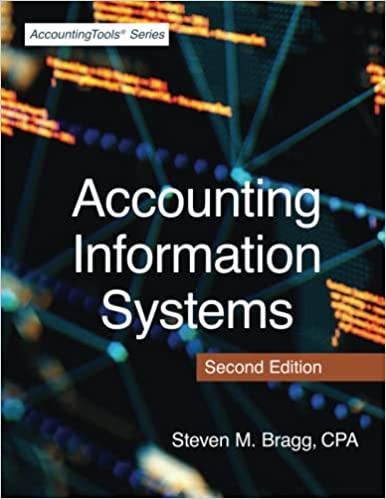Question
Skiller Company has the following information regarding its inventory for the second year of operations. Transactions Units Sales in units Unit Cost Beginning Inventory, January
Skiller Company has the following information regarding its inventory for the second year of operations.
| Transactions | Units | Sales in units | Unit Cost |
| Beginning Inventory, January 1 | 35,000 |
| $3.50 |
| Purchases |
|
|
|
| February 8 | 45,500 |
| 3.60 |
| March 15 | 100,250 |
| 3.80 |
| April 10 | 62,000 |
| 4.10 |
| Units sold April 22 at $12 |
| 155,000 |
|
| Purchases |
|
|
|
| May 9 | 81,000 |
| 4.35 |
| June 19 | 28,000 |
| 4.56 |
| Units sold August 11 at $14 |
| 115,500 |
|
| Purchases |
|
|
|
| September 20 | 15,000 |
| 4.75 |
| October 30 | 41,000 |
| 4.85 |
| November 17 | 8,000 |
| 4.90 |
| Units sold December 21 at $16 |
| 21,500 |
|
Instructions:
Compute the ending inventory and cost of goods sold under each of the following cost-flow assumptions assuming a perpetual inventory system. (Round your answers to two decimal places.)
| Cost-flow assumption | Ending Inventory | Cost of Goods Sold | Gross Profit |
| FIFO
|
|
|
|
| LIFO
|
|
|
|
| Moving Average
|
|
|
|
Compute the ending inventory and cost of goods sold under each of the following cost-flow assumptions assuming a periodic inventory system. (Round your answers to two decimal places.)
| Cost-flow assumption | Ending Inventory | Cost of Goods Sold | Gross Profit |
| FIFO
|
|
|
|
| LIFO
|
|
|
|
| Weighted Average
|
|
|
|
Step by Step Solution
There are 3 Steps involved in it
Step: 1

Get Instant Access to Expert-Tailored Solutions
See step-by-step solutions with expert insights and AI powered tools for academic success
Step: 2

Step: 3

Ace Your Homework with AI
Get the answers you need in no time with our AI-driven, step-by-step assistance
Get Started


